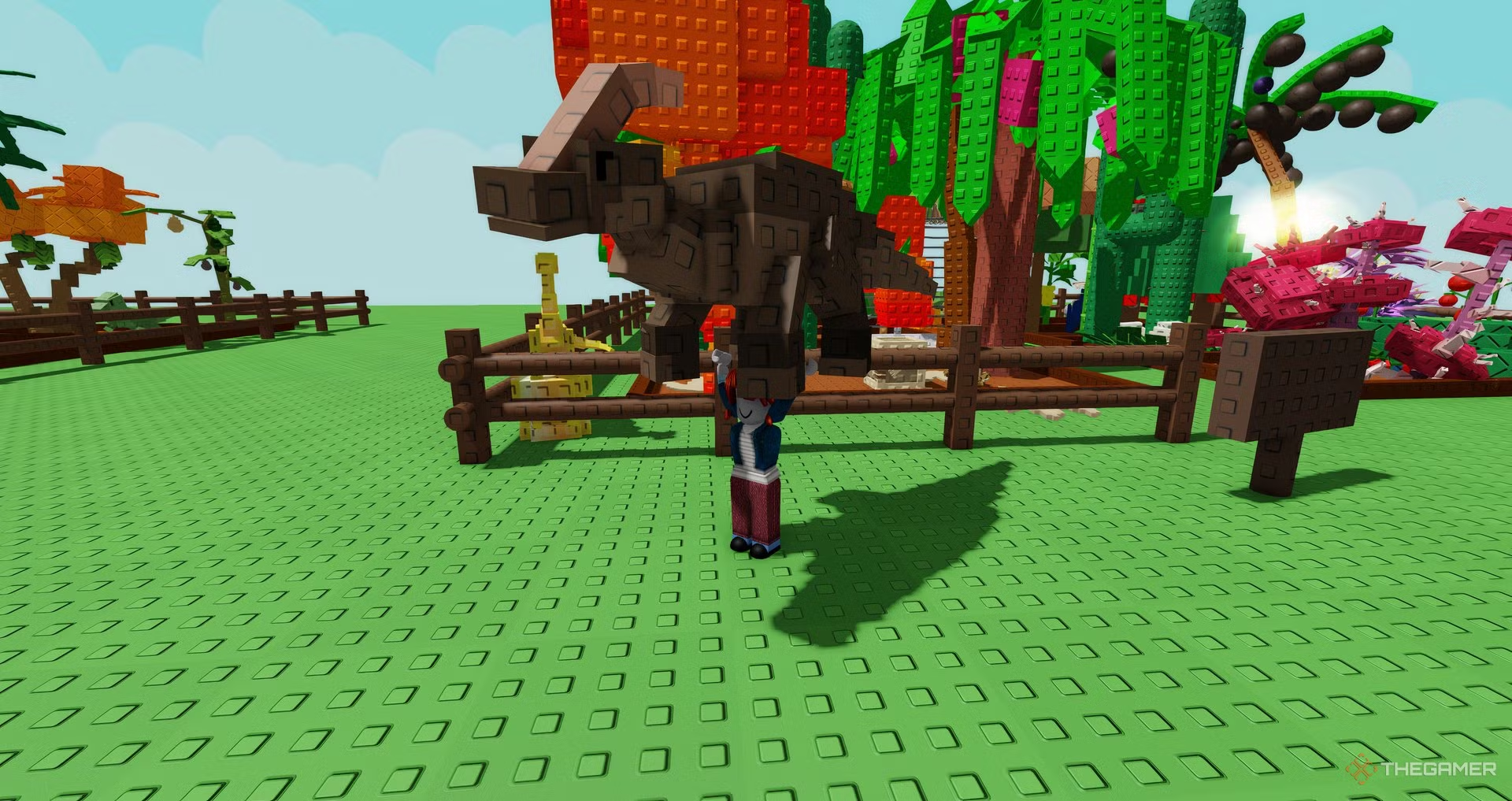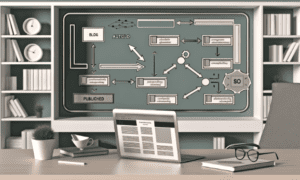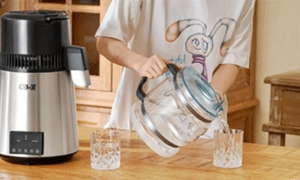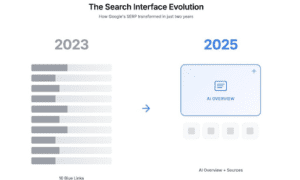If you’ve been spending time in Grow A Garden—the cozy farming sim experience on Roblox—you’ve probably noticed some players walking around with impressive and exotic pets like Raptors, Triceratops, or even a T-Rex. These aren’t just for show. Rare pets in Grow A Garden offer powerful passive abilities that can dramatically boost your garden’s efficiency, from speeding up plant growth to duplicating fruit or unlocking high-value mutations like Amber.
But how exactly do you get your hands on these rare companions?
In this guide, I’ll share everything I’ve learned about unlocking and using rare pets in Grow A Garden, especially the powerful dinosaur companions from the Prehistoric Update. Whether you’re building a full collection of prehistoric pets or looking for a single game-changing companion to enhance your garden’s performance, this breakdown will help you understand what to prioritize, how to get Dino Eggs efficiently, and which pets offer the most value for your specific playstyle. And if you’re looking for a faster start, you can always explore options to buy Grow A Garden pets and jump straight into high-level farming.
Let’s dive in and take a closer look at how to unlock and make the most of these powerful additions to your garden.
Acquiring Dinosaur Eggs
Dinosaur Eggs are the gateway to unlocking the most powerful and rarest pets in Grow A Garden. Each egg has a chance to hatch into a prehistoric pet, such as the Raptor, Triceratops, or even the elusive T-Rex. However, unlike common pets, you can’t just buy Dino Eggs from a store or receive them from regular harvests—you’ll need to earn them through specific in-game systems tied to the Prehistoric Update.
Here are the main methods to acquire Dinosaur Eggs:
1. Pet Exchange Booth (Dino Egg Stand)
This is the most consistent way to get Dinosaur Eggs. You’ll find the Dino Egg booth near the Prehistoric Zone. At this booth, you can exchange your aged pets—ones that have fully matured—for a chance to earn a Dino Egg. The number of pets required can vary, and higher-tier or rarer pets may give you better odds or multiple eggs.
Tip: If you’ve been passively raising pets while farming, this is a great way to recycle older pets into something more valuable.
2. Blaire’s Dino Quests
Talk to the NPC Blaire in the Prehistoric Zone. She offers a rotating list of Dino Quests—tasks like harvesting specific fruits, using mutation sprays, or feeding a certain number of pets. Completing these quests often rewards you with Dino Eggs, or with materials that can be used in egg-related crafting.
Pro tip: Some quests stack naturally with your normal gameplay, so check them early in your session to maximize progress.
3. Limited-Time Events or Seasonal Rewards
Occasionally, special events or in-game festivals may offer Dinosaur Eggs as rewards for participation. These are time-limited, so keep an eye on announcements or signs in the spawn area. Some daily login rewards or seasonal battle pass tracks may also include Dino Eggs or crafting materials used to hatch them.
4. Mutant Fruit Trading (Rare)
In rare cases, you can trade high-tier mutated fruit (like Amber or Rainbow mutations) to special NPCs in the prehistoric zone for a chance at a Dino Egg. This method is more advanced and suited for mid- to late-game players with mutation-boosting pets or sprays.
Dinosaur Eggs are not guaranteed to hatch into the pet you want, so it may take several attempts to get your desired dino. If you’re aiming for a specific ability—like the Raptor’s Amber Mutation boost or the Triceratops’ plant acceleration—be prepared to hatch multiple eggs and swap out pets as needed. Efficient pet slot management is key, especially if you’re working with limited space.
If you’re just starting out or don’t want to grind through the early stages, consider exploring pre-leveled Grow a Garden Accounts that come with unlocked pets, extra inventory space, or even rare mutations. These accounts can give you a head start, letting you focus on strategy and fun instead of spending hours farming the basics—especially helpful if you’re aiming to collect all the rare dinos without starting from scratch.
Notable Dinosaur Pets and Their Abilities in Grow a Garden
Dinosaur pets in Grow a Garden are among the most powerful and unique companions you can hatch. Each one offers a distinct mechanic that goes beyond basic fruit collection—many influence mutations, plant growth, or even the genetics of future pets. Here’s a breakdown of the most notable dinosaur pets, how their abilities work, and how they impact your overall garden strategy:
Raptor
- Mutation Boost: Grants a 2–2.5% chance for harvested fruits to gain the Amber Mutation, a rare enhancement that significantly multiplies fruit value. This chance applies per fruit and stacks well with high-output farms.
- Mobility Perk: Increases player movement speed by 14–14.5%, allowing for quicker navigation through large or complex garden setups.
- Strategy Tip: Ideal for players who manually harvest or monitor garden sections frequently. The Amber Mutation bonus adds direct profit potential to every fruit cycle.
Triceratops
- Accelerated Growth: Every 3 minutes and 33 seconds, it selects 3 random plants and advances their growth by 33 minutes and 33 seconds.
- Bonus Proc Chance: Has a 15.18% chance to repeat this acceleration process again instantly.
- Strategy Tip: Perfect for players focusing on rare plants or high-value fruit that take longer to mature. When paired with time-based boosters, it can drastically shorten farming cycles.
Stegosaurus
- Duplication Effect: Provides an 8% chance for harvested fruits to duplicate, with an increased 13% chance for prehistoric plants.
- Strategy Tip: Excellent for mass production. If you’re growing ancient or prehistoric trees (like Jurassic Mango or Amber Apple), the duplication bonus dramatically boosts your output without needing additional space.
Pterodactyl
- Mutation Spread: Applies the Windstruck Mutation to nearby fruits, which modifies their behavior or appearance. Occasionally, it will upgrade this to the rarer Twisted Mutation.
- Jump Boost: Grants the player a 14.39% jump height increase, useful in layered or vertical garden setups.
- Strategy Tip: Works well in mutation-focused builds. Great for gardens that rely on aesthetic layouts or hard-to-reach harvest points.
Brontosaurus
- Pet Egg Mutation: When pets are hatched from eggs, there’s a 5.2% chance to increase the base size and weight of the resulting pet. This stacks up to 30% per egg.
- Strategy Tip: This passive effect is key for players who breed or collect pets, as larger pets often come with stronger or more visible collection animations—sometimes even different behavior.
T-Rex
- Mutation Transfer: Every 20 minutes, the T-Rex consumes one random mutation from any fruit in your garden and applies it to three other fruits.
- Strategy Tip: This powerful effect lets you spread rare or valuable mutations, such as Golden or Rainbow, across multiple fruits. Best used in controlled mutation zones where you isolate high-value fruits.
These dinosaur pets aren’t just cosmetic additions—they actively change how your garden works. Whether you’re farming for maximum Grow a Garden Sheckles, optimizing mutations, or creating a unique garden layout, adding the right prehistoric companion can make a huge difference.
Tips for Efficient Pet Management
Managing your pets effectively in Grow A Garden is just as important as acquiring rare ones. With limited pet slots, aging systems, and evolving mechanics tied to performance, you’ll need a well-thought-out strategy to get the most out of your companions. Whether you’re focusing on collection, automation, or maximizing profits, these tips will help you build a more productive and organized garden.
1. Understand Your Pet Slot Limits
At the start, players can equip up to three pets at a time. However, as you progress, you can unlock additional pet slots (up to a maximum of 8) by:
- Completing specific quests or milestones.
- Trading in aged pets at the Pet Exchange Booth.
- Purchasing slot expansions through in-game passes (optional).
Always prioritize unlocking more slots early on. The more pets you have active, the more systems you can automate—whether it’s fruit collection, growth boosts, or mutation spreading.
2. Rotate Pets Based on Goals
Not all pets are useful all the time. If you’re farming currency, equip pets like the Raptor for Amber Mutation boosts or the Stegosaurus for fruit duplication. If you’re trying to mutate new plant types or grow experimental crops, swap in pets like the Pterodactyl or T-Rex.
A good rule of thumb:
- Farming? Use Raptor, Stego, Flamingo.
- Mutating? Use Pterodactyl, T-Rex.
- Speed growing? Use Triceratops.
Keep a few pets in storage and rotate them depending on your play session’s focus.
3. Feed and Age Pets for Better Performance
Pets age over time as they perform tasks. Aged pets not only become eligible for trade (to obtain Dino Eggs) but may also see improved efficiency as they level. However, they need to be fed consistently to remain active. If they go hungry, they stop working.
Pro tips:
- Use auto-feeders near high-traffic zones.
- Check pet hunger before long idle sessions.
- Feed rare pets manually to prioritize their uptime.
4. Organize Your Garden for Pet Movement
A common mistake is designing a beautiful garden that’s impractical for pets. Pets require clear paths and open space to move between fruit, conveyors, and baskets.
To optimize pet movement:
- Avoid cluttering collection zones with benches or decorations.
- Place pets near where they’re most effective (e.g., Raptors near rare fruit trees).
- Use fences or walls to direct pathing for collector pets like the Flamingo or Seagull.
5. Don’t Waste Slots on Redundant Abilities
Many new players equip multiple pets with similar functions, like two collectors or two growers. This often leads to diminished returns, especially when pets target the same areas or tasks.
Instead, aim for diversity. A good trio might look like this:
- 1x Growth Booster (Triceratops)
- 1x Collector (Seagull or Flamingo)
- 1x Mutation Helper (Raptor or Pterodactyl)
This balance ensures your garden stays productive across multiple systems.
6. Monitor Pet Impact With Visual Cues
Some pets (like Flamingo and Seagull) give visual feedback when they collect or interact with fruit—sparkles, jump animations, etc. Watch for these cues to ensure they’re working correctly. If they’re idle or stuck, it might be time to rearrange your layout.





























